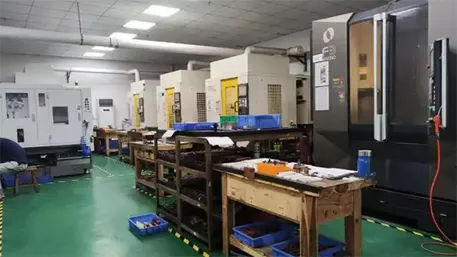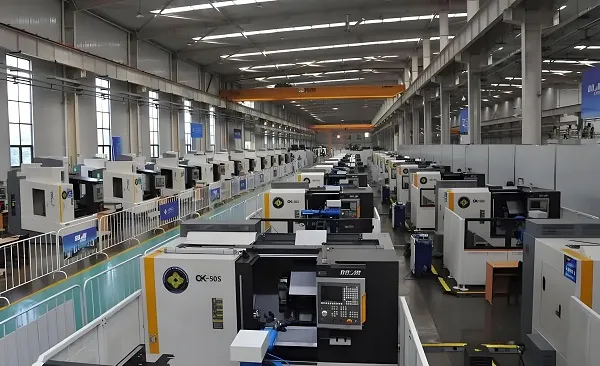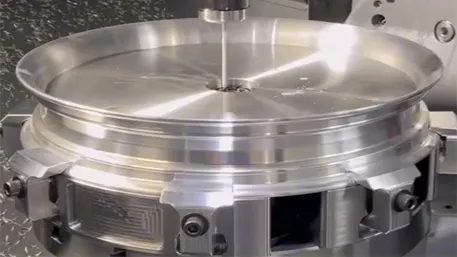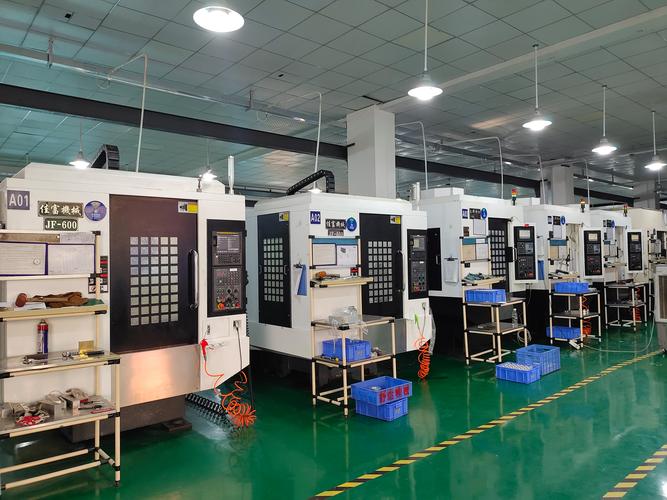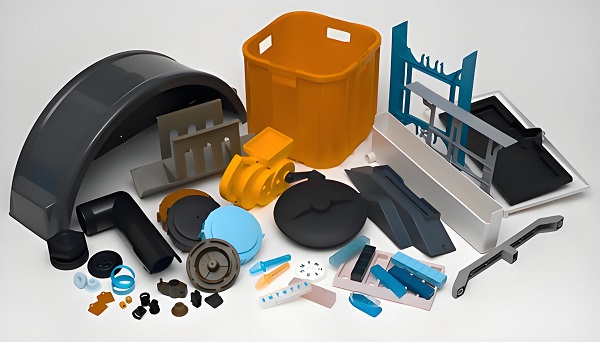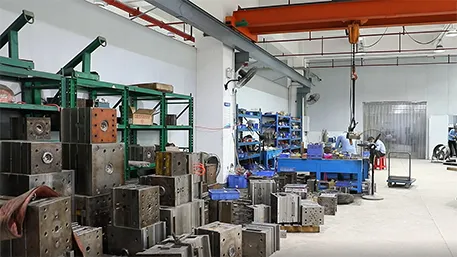In the rapid development of today’s manufacturing industry, CNC (Computer Numerical Control) processing technology has become the core driving force for the production of customized parts. As a national high – tech enterprise, Xiamen Goldcattle provides excellent CNC parts customization services to global customers with its professional R & D and manufacturing capabilities in high – precision injection – molded parts, mechanical parts, stamping parts, and plastic injection – molded parts. This article will delve into the differences between plastic and metal materials, CNC parts customization cases, surface treatment processes, customization procedures, and FAQs, aiming to provide customers with comprehensive technical information and a customization service guide.
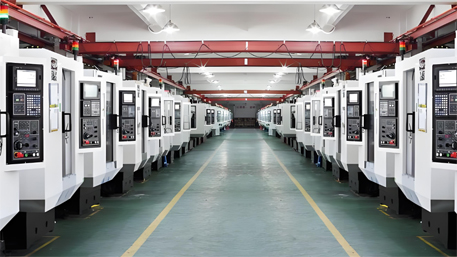
Comparison between Plastic and Metal Materials
In CNC parts customization, choosing the right material is of vital importance. The following is a comparison of several common plastic and metal materials:
| Material Type | Physical Properties | Functional Indicators | Applicable Scenarios | Economy | Mass – production Feasibility |
|---|---|---|---|---|---|
| Plastic | – Lightweight | – Good insulation | – Electronic product casings, containers | – Medium to low | – High |
| – Easy to process | – Corrosion resistance | – medical device components | |||
| – Cost – effective | – High plasticity | – automotive interior parts | |||
| Metal | – High strength | – Good electrical conductivity | – structural parts of mechanical equipment | – Relatively high | – Medium |
| – High – temperature resistance | – Excellent mechanical properties | – aerospace components | |||
| – Recyclable | – Wear resistance | – automotive engine parts |
Engineers’ Material Selection Advice: When choosing materials, it is necessary to comprehensively consider the product’s usage environment, performance requirements, and cost budget. For example, for parts that require light weight and corrosion resistance, plastic is an ideal choice; while for occasions that require high strength and excellent mechanical properties, metal is more suitable.
Customer Testimonials for CNC Parts Customization Cases
Customer Pain Points: When developing a new car model, an automotive manufacturer faced the problems of high precision requirements and a tight production cycle for customized door handle parts.
Technical Challenges: How to achieve rapid mass production while ensuring the precision of the parts to meet the time requirements for the new car’s launch.
Solutions: Xiamen Goldcattle used advanced CNC processing technology and precise testing equipment to customize high – precision door handle parts for the customer. By optimizing the processing flow and adopting a parallel production method, the production cycle was significantly shortened.
Result Data: The precision of the customized parts reached the customer – required +/- 0.01mm, and the production cycle was shortened by 30%, successfully helping the customer launch the new car on time.
Surface Treatment Processes
Anodizing: Suitable for metal materials such as aluminum alloy. An oxide film is formed through electrolysis to improve corrosion resistance and decoration.
Electroplating: Widely applied to metal and plastic materials. A metal layer is deposited to improve surface hardness, corrosion resistance, and aesthetics.
Spraying: Applicable to various materials. Coatings are sprayed to achieve customization of color, texture, and protection functions.
CNC Parts Customization Process
- Demand Communication: Clarify the specific requirements of the parts with the customer, including dimensions, materials, quantity, etc.
- Design and Drafting: Conduct 3D modeling and drafting according to the customer’s requirements to ensure that the design meets production requirements.
- Process Planning: Develop a detailed processing process plan, including tool selection, cutting parameter setting, etc.
- Production and Processing: Use CNC machine tools for precise processing to ensure the dimensional accuracy and surface quality of the parts.
- Quality Inspection: Conduct strict quality inspection on the processed parts to ensure they meet customer requirements.
- Packaging and Delivery: Properly package the parts to ensure they are not damaged during transportation and promptly deliver them to the customer.
CNC Parts Customization FAQs
Q1: What is the minimum order quantity for CNC parts customization?
A1: The minimum order quantity varies depending on the product complexity and production arrangements and needs to be determined through communication with the customer.
Q2: How to ensure the processing accuracy of CNC parts?
A2: We use advanced CNC machine tools and precise testing equipment to ensure that the processing accuracy meets the customer’s requirements.
Q3: What is the delivery cycle of CNC parts?
A3: The delivery cycle varies depending on the product complexity and production arrangements, generally within 7 – 15 working days after receiving the order.

